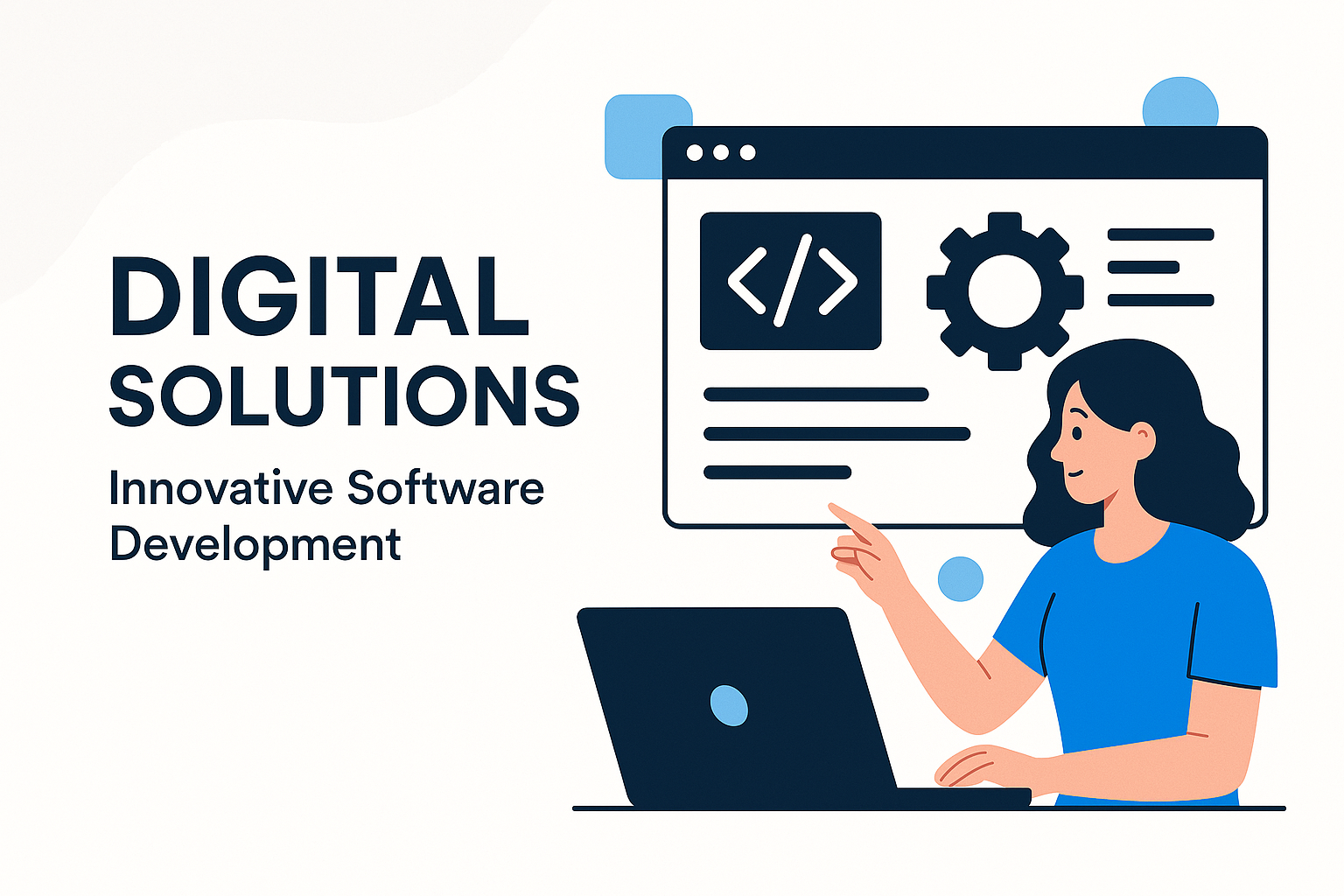Table of Contents
Selecting the appropriate technology stack is a crucial decision that impacts development speed, scalability, maintenance, and overall project success. This article provides guidance on how to choose the right technology stack based on project requirements and business goals.
1. Assess Project Requirements
Begin by thoroughly understanding the project's functional and non-functional requirements. Consider factors like expected user load, performance needs, security concerns, integration requirements, and time-to-market constraints. Different projects benefit from different technology choices.
2. Consider Scalability Needs
Evaluate how the application needs to scale in the future. Horizontal scaling (adding more machines) and vertical scaling (adding more power to existing machines) have different implications for technology selection. Choose technologies that align with your anticipated growth pattern.
3. Evaluate Team Expertise
Consider your team's experience and skills. Using familiar technologies increases productivity and reduces the learning curve. If adopting new technologies, factor in training time and potential reduced velocity during the initial phases.
4. Community and Support
Choose technologies with active communities, comprehensive documentation, and reliable support options. Mature technologies typically have more resources available, larger talent pools, and proven track records in production environments.
5. Long-term Maintenance
Consider the long-term implications of your technology choices. Evaluate the maintenance burden, hiring landscape, licensing costs, and expected lifespan of the technologies. Trendy technologies may solve immediate problems but create maintenance challenges later.
